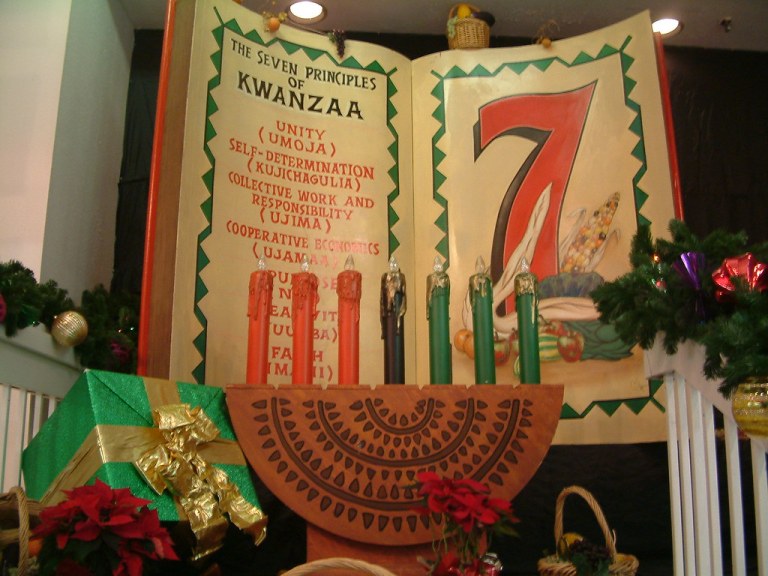5 Alabama ghost towns to put on your bucket list
Reading time: 5 minutes

If you live by the phrase “it’s too peopley outside”, then follow the road less traveled and revel in the abandonment of these five ghost towns in Alabama.
1. Arcola, Alabama

Starting off our list is the ghost town of Arcola, Alabama, located on the Black Warrior River in what is now Hale County (formerly Marengo County).
Established in the early 1820s, the town was named to honor the French victory during the Battle of Arcola. Though it never developed into more than a village, Arcola became the largest settlement in the colony. The first settler at the site was Frederic Ravesies, who established himself at what later became the Hatch Plantation.
Beginning in the 1830s, American settlers began to populate the area and purchased most of the former French land grants. By the 1850s, the once French settlement had disappeared and was replaced by a community of adjoining plantations.
One to note is the Alfred Hatch Place, also known as the Arcola Plantation and locally as the Half-house. The plantation hoouse resides in the town’s current historic district.
Fun fact: Because of its architectural and historical significance, the plantation was added to the National Register of Historic Places in 1988.
2. Bellefonte, Alabama

Incorporated in 1821 in Jackson County, Bellefonte, Alabama was a thriving town filled with houses, a post office, courthouse and church, along with prominent professionals like lawyers, doctors and politicians. But by the 1920’s, the town went kaput.
What caused the once bustling town to become an abandoned ghost town?
Well, the most popular theory is that the citizens of Old Bellefonte snugged the idea of having a railroad run through the town. When a train depot was built a few miles away, the businesses of Old Bellefonte declined and its residents fled.
The Civil War also brought destruction. The town was burned down and never recovered.
Wondering if anything remains in this abandoned ghost town? Well… sort of. But barely. The only standing structure that remains is the chimney of what was once part of the town’s local inn. The Old Bellefonte Cemetery also remains with gravestones dating back to 1826.
3. Old Cahawba, Alabama

One of Alabama’s most famous ghost towns is Old Cahawba. Located in Dallas County, just outside of Selma, it served as the state’s first capital when built in 1819. Chosen for its river location, the area rapidly expanding into a bustling city. However, it soon began to unravel due to illness, floods and the Civil War.
By 1900, most of Cahawba’s buildings had burned, collapsed or been dismantled.
The town as been preserved as an archeological site called Old Cahawba Archeological Park. Here you’ll find several abandoned buildings that have been preserved.
Some include:
- Barker Slave Quarters at Kirkpatrick Mansion—an historic house built in 1860 that burned down in the 1930s. The slave quarters is all that remains.
- The Corcheron Mansion—built 1830s, and burned in the early 1900s.
- The Fambro-Arthur Home—the last remaining original home in Old Cahawba.
- One-Room Schoolhouse—one of 95 segregated African-American schools in Dallas County that was used until the 1950s.
- Old Cahawba’s Methodist-Episcopal Church. Built in 1849 and destroyed by fire in 1954.
Visit Old Cahawba Archeological Park at 9518 Cahaba Road, Orrville, Alabama 36767.
4. The Town of Spectre

If you saw the 2003 Tim Burton film Big Fish, you’ve probably heard of the town of Spectre, Alabama. What you may not know is that the town was created purposely as the set for the movie in Elmore County, Alabama.
Once the first half of filming as completed, the town of Spectre was intentionally altered to appear as an abandoned ghost town that had naturally fallen into disrepair.
The coolest part is that after the filming for the movie wrapped up, the town of Spectre was left behind. Over a decade later and it still remains.
Want to check it out in person? You can! While the island is privately owned, visitors, fishers, kayakers and campers are welcome for an entry fee of $3 per day. Find more info on how to visit here.
5. St. Stephens, Alabama

The town of St. Stephens had an interesting start. It began as a Spanish Fort in the 1790s in the eastern most city of the Mississippi Territory. In 1817, became part of the Alabama Territory and St. Stephens was named as the state capital until 1819.
The town hit its stride between 1819 and 1820 with a population of around 3,000 people and 450 structures. But, when Alabama gained statehood, the town of St. Stephens began to decline and soon became an abandoned ghost town.
Today, the town is St. Stephens Historical Park and includes remains of Native American habitation.
Visitors of the historic site are welcome to swim, fish, camp, bike, picnic and hike at St. Stephens’ Lake.

 10860 views
10860 views

